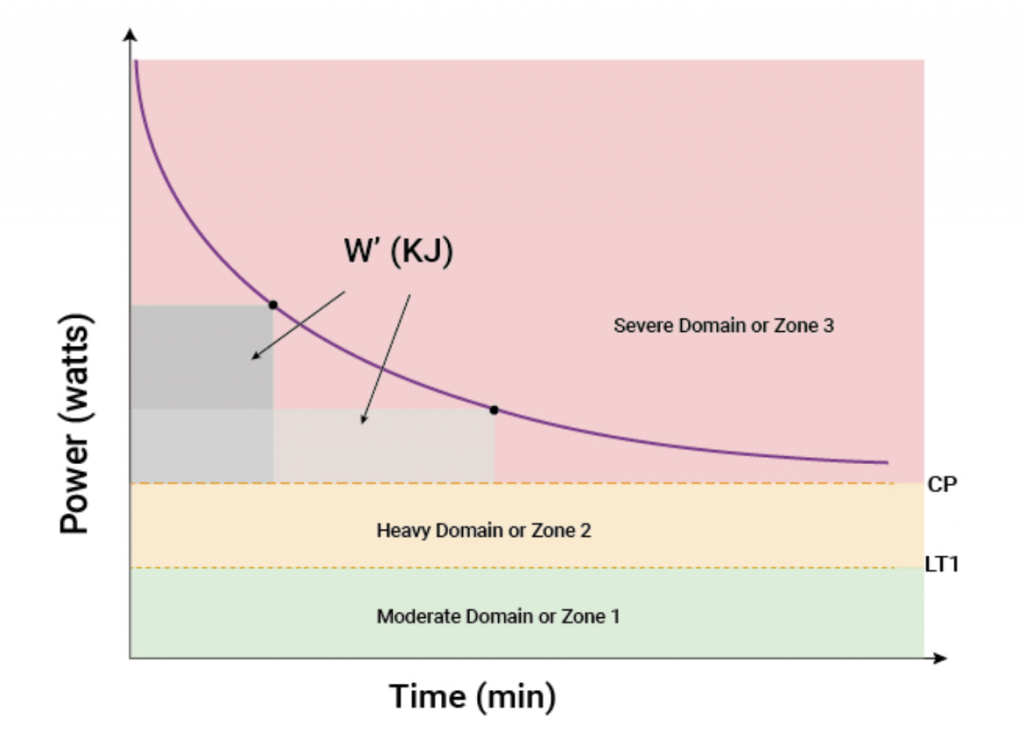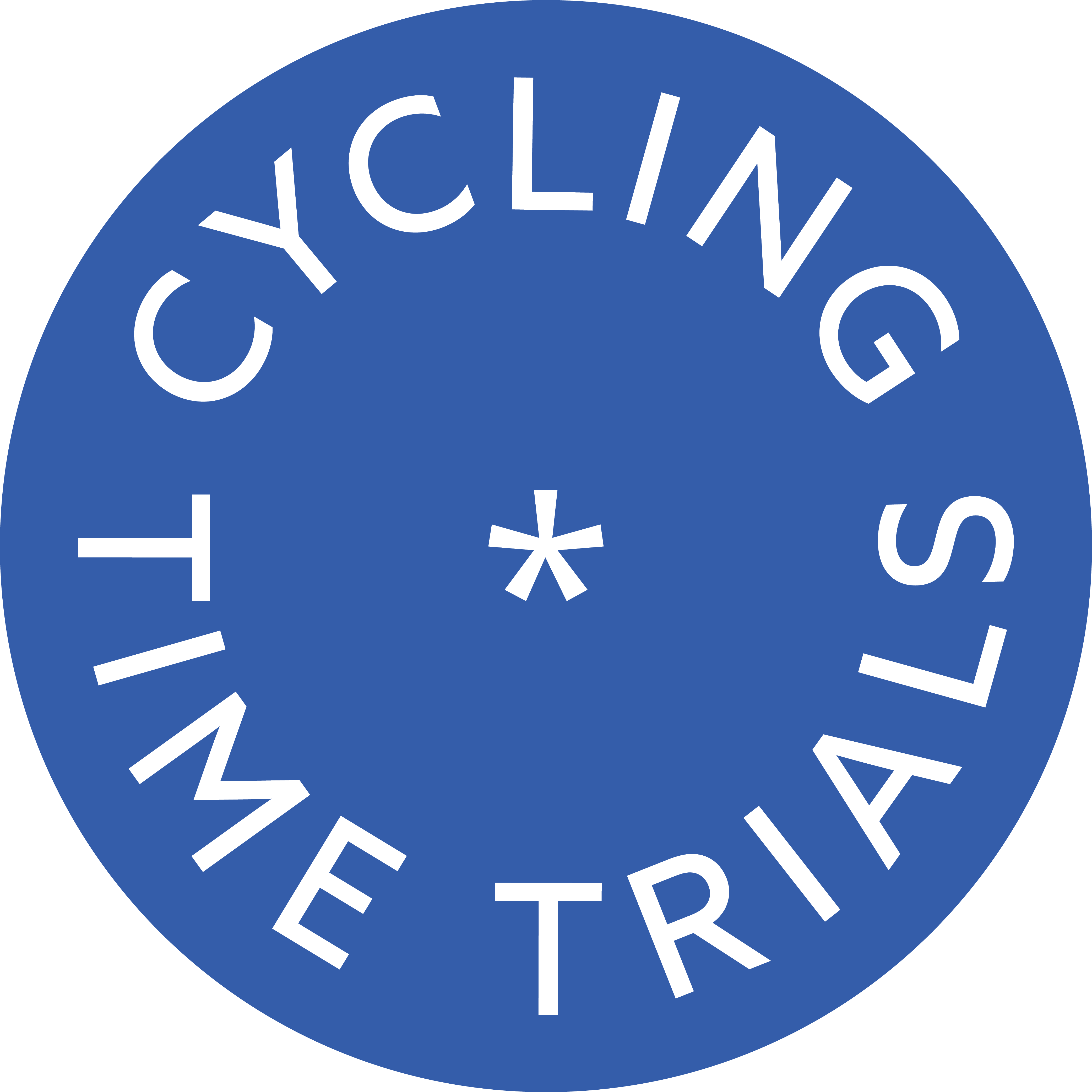For competitive cyclists, every second counts. Achieving peak performance on race day involves more than just rigorous training and top-notch equipment; it also requires a keen understanding of environmental conditions. This is where MyWindsock comes into play. By providing detailed weather and environmental data, MyWindsock equips cyclists with the information needed to strategise effectively and gain a competitive edge. In this guide, we’ll explore how to leverage MyWindsock for optimal race day performance.

1. Pre-Race Planning: Analysing the Route
Begin your race day optimisation by thoroughly analysing the race route using MyWindsock. Input your route via Strava, RideWithGPS or just upload the GPX file straight into Windsock to get a comprehensive overview of the environmental factors that will impact your ride:
– Wind Direction and Speed: Identify sections of the route where you’ll face headwinds, tailwinds, or crosswinds. Tailwinds can help you conserve energy, while headwinds require more effort.
– Elevation Changes: Pay attention to where the climbs and descents are. Plan your energy expenditure accordingly, conserving energy for challenging climbs and capitalising on descents.
– Weather Conditions: Check the weather forecast for race day. Temperature, humidity, and potential precipitation can all affect your performance and equipment choices.
2. Strategising Your Effort
Once you have a clear understanding of the route and conditions, use this data to plan your effort:
– Pacing: Adjust your pacing strategy based on wind and elevation data. For instance, push harder during climbs but work out just how hard you can go without blowing up using W’ Balance.

– Drafting: In windy conditions, drafting behind other cyclists can significantly reduce your energy expenditure. Use MyWindsock’s wind data to identify the best times and places to draft as well as checking wind direction data for cross-tailwind sections where drafting can be hardest.
– Equipment Choices: Tailor your equipment to the conditions. For example, choose aerodynamic gear for windy days and tires with better grip if rain is expected.
3. Race Day Execution
On race day, keep MyWindsock’s insights in mind as you execute your plan:
– Stay Flexible: While having a plan is crucial, be prepared to adjust based on real-time conditions. If the wind changes direction or intensity, modify your strategy accordingly.
4. Post-Race Analysis
After the race, use MyWindsock to review your performance:
– Compare Data: Analyse how actual conditions compared to forecasts and how well you adhered to your planned strategy.
– Identify Improvements: Look for areas where you can improve. For example, did you lose time in headwind sections? Did you push too hard on climbs?
– Refine Future Strategies: Use insights from your post-race analysis to refine your strategies for future races. Continuous learning and adaptation are key to gaining a competitive edge.
By leveraging MyWindsock’s comprehensive weather and environmental data, you can optimise your race day strategy to enhance performance and gain a competitive edge. From pre-race planning and effort strategizing to real-time execution and post-race analysis, MyWindsock provides the tools needed to maximise your potential. Embrace the data, refine your strategies, and watch as your race day results improve. Happy racing!

 UK Time Trial Events
UK Time Trial Events




